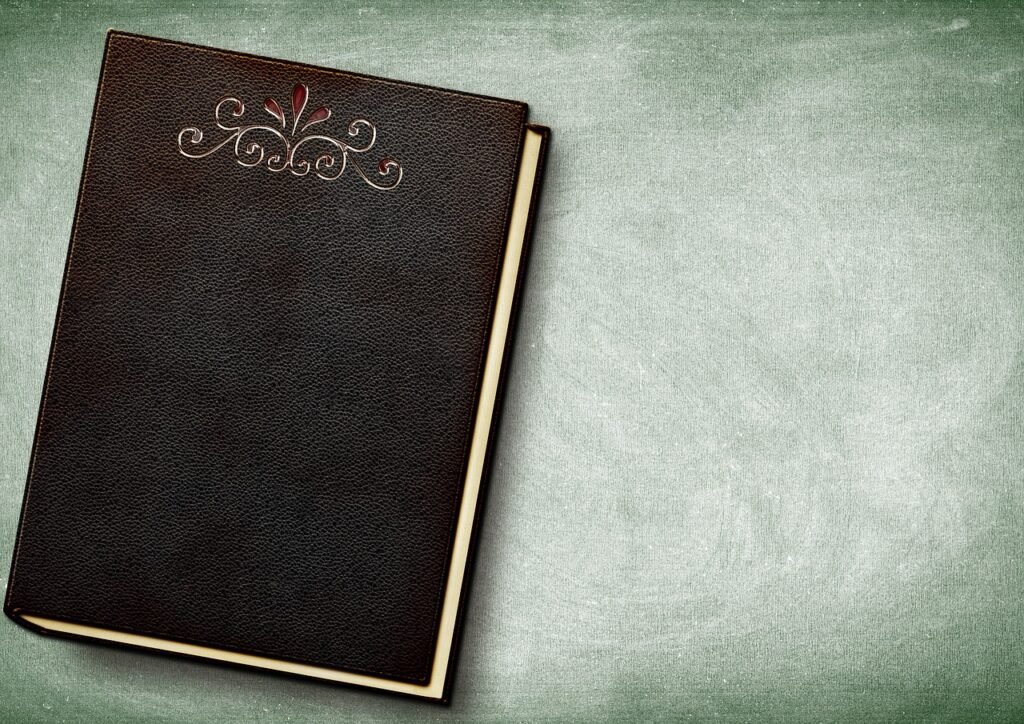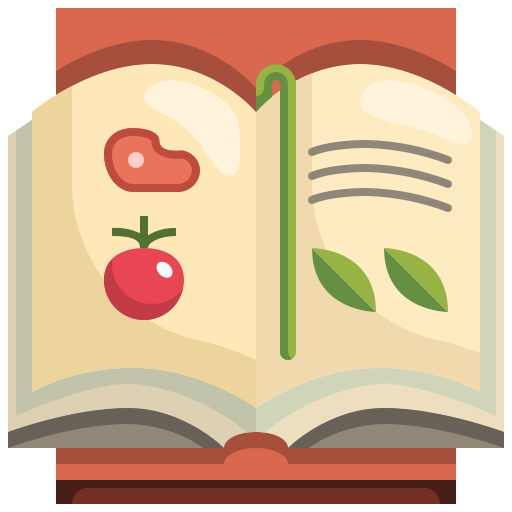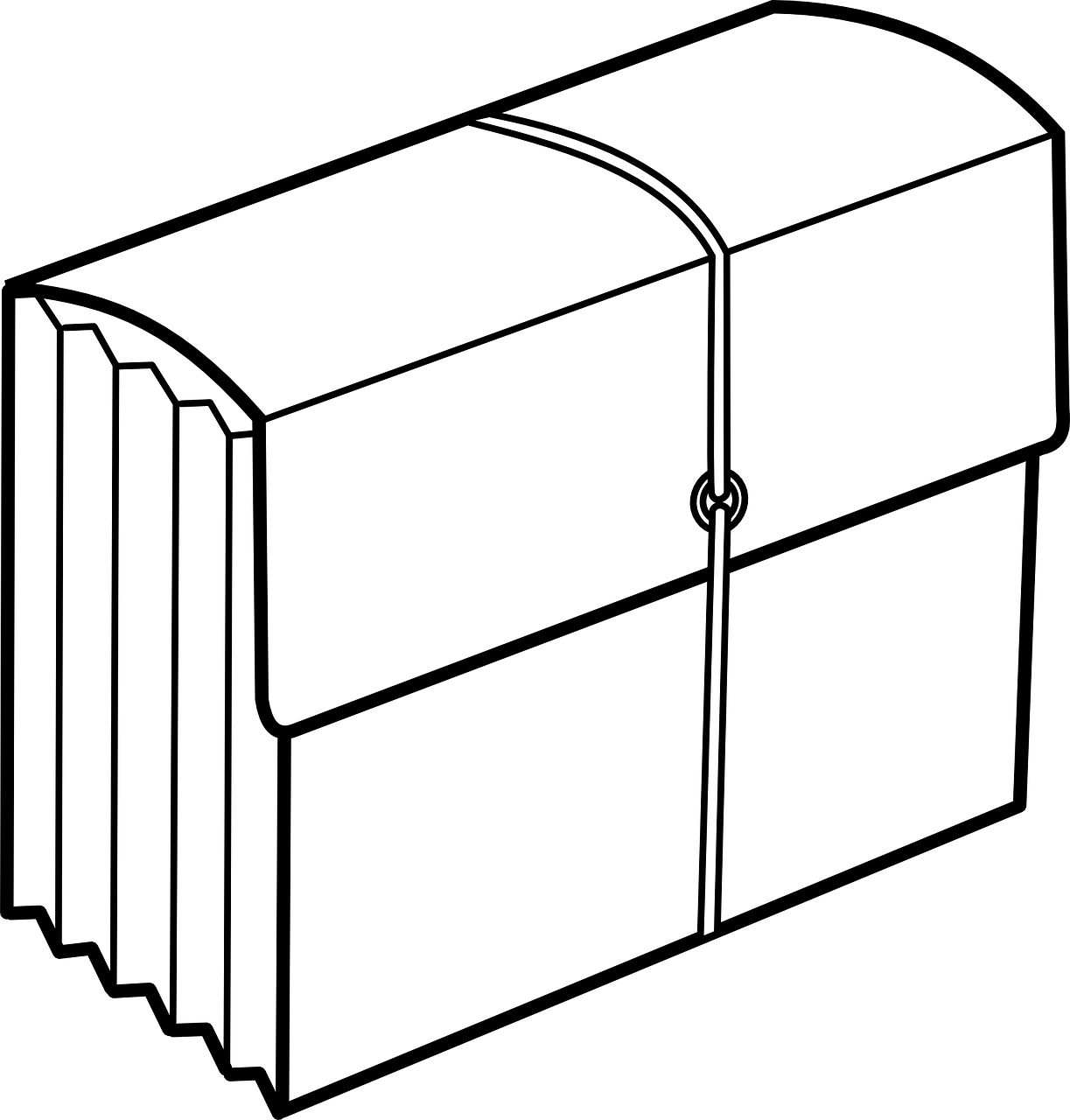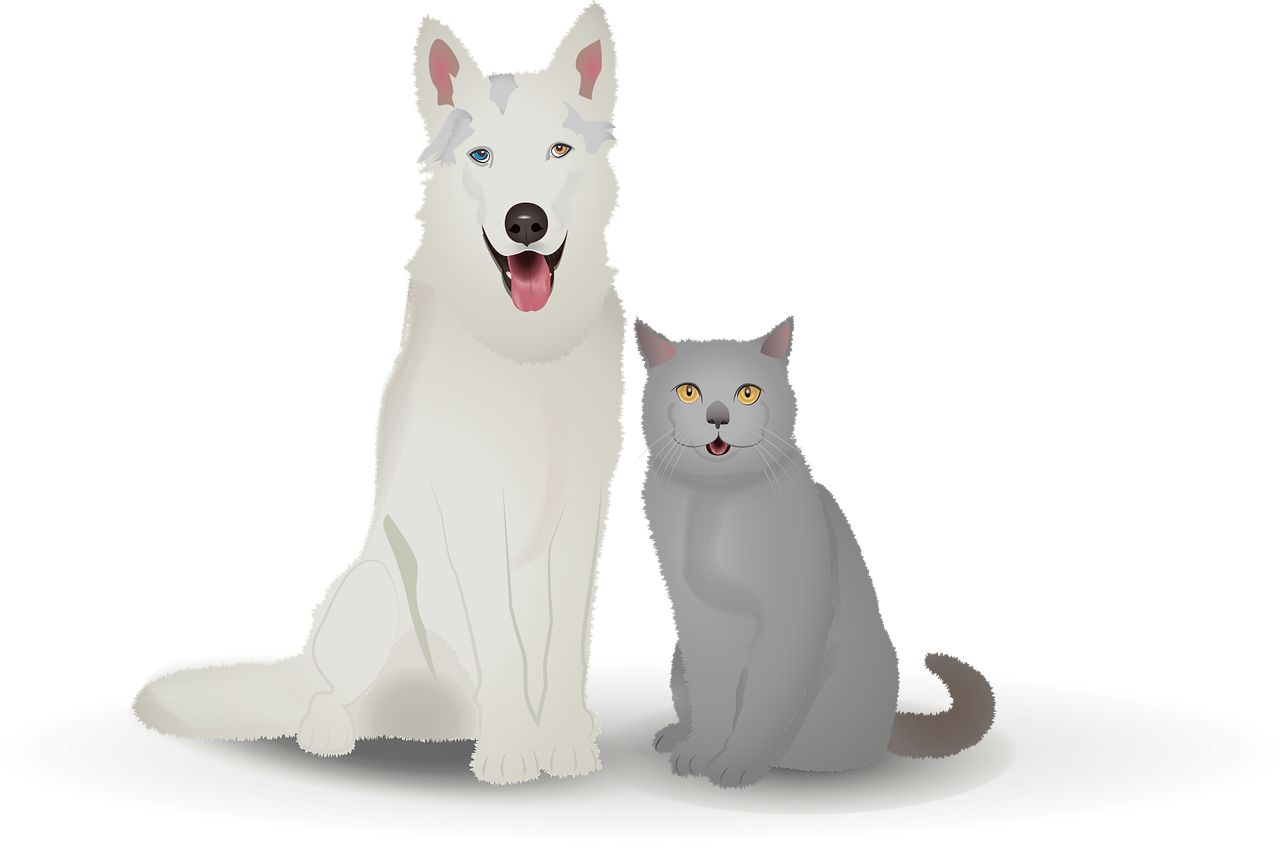Book design is one of the most fundamental things about book designing, and most of the time, we immediately think of the cover, the fonts, or even the layout of the pages. Certainly, all these are of relevance, but book designing also goes beyond only the externalities. For a designer to know the whole anatomy, aesthetic as well as functional, timeless, and aligned with the contents of a book, is crucial to accepting an act of creating.
Let’s take a walk through these vital elements of design to teach you some terminologies and techniques for creating yourself a better designer. Whether you are making your first book cover or doing complex interior layouts, this article can provide you with an understanding that how into very careful designs.

But look at our most recent tutorial on The Anatomy of Books, in which we really delve into the main terminology of book design, utilizing examples from the real world, if you haven’t seen it.
Why Book Anatomy Means Something
Elements of a visual appeal are certainly to be mentioned such that nothing acts as a distraction when it isn’t necessary—that the design wouldn’t break the reading. Actually, reading a book isn’t quite about making it look beautiful but having an extremely pleasant reading experience at every stage.
It will support readability, express the tone and genre of the content, and generally provide a pleasurable experience to the reader. This can adequately be achieved through those requirements that must be designed into the book.
Major Part of Book Anatomy Open to Every Designer
First impressions count a lot-the Cover
According to most people, a book’s cover represents the entire book. It represents the first thing that the reader will see-and it can entice or repel him/her based on design. Typically, a book cover is made up of three main parts:
Front Cover: Atop the book’s finished face, being the face of the book. It has always contained the name of the book and its author and generally has a graphic image or illustration that speaks to the theme or subject of the book-a vital function to lure a reader and make him/her curious.
Spine: Readers usually are guided by the title or author as they look for the book along with other books stored in libraries or with booksellers as well as in bookstores.
Back Cover: The last page functions as a summary, also known as the blurb. Endorsements or testimonials can be found on this page, sometimes with the ISBN number. The back copy also serves to provide more context about the book and may also become influential in making readers buy it.
Design Tip: Make sure the cover design represents the book as a product of its genre and target. For instance, a thriller might benefit more from bold, dramatic typography as opposed to a memoir made even more personal by gentle, softly demurring kinds of images.
The Interior: Unveil More Than Just the Cover
For a book that attracts the reader’s attention with its cover, the content inside that book is clearly more relevant. The layout inside a book, if properly set, can boost appreciability, proficient readability, and localized direction to help the reader in locating what he is after. Here are a few of the components of a book’s interior:
Front Matter: This is the preliminary section before the main text. Normally, it has the following components:
Title Page: It is the first page of the book that displays the book title, subtitle (if there is one), and the author’s name.
Copyright Page: A page that provides most of the legal information, like the copyright details and the publisher’s information.
Table of Contents (TOC): It is a must in a non-fiction book and whenever the work has chapters or sections. It serves as a guide to the work.
Dedication or Acknowledgments: Usually optional; most books maintain this touch in appreciating readers.
Body Matter: The main content of the book. Key items worth taking note of are here:
Margins: Margins make the text look ‘breathing,’ yet the margins should not be too narrow as they may cause the text to be illegible.
Typography: Typeface selection conquers the first stumbling block to any well-laid design: that of efficiency at text size. Serif typefaces are used for most books and are typically revered for the good novels, but sans serif has been the modern choice for just about everyone else on the planet.
Interlineation and Alignment: Appropriate interlineation helps avoid strain in reading, while appropriate alignment can prevent strain in the eyes while being read.
Back Matter: Anything that is appended in addition to the primary composition belongs to back matter:
Appendices: Supplementary materials or support materials related to the main content
Glossary: Definitions on unfamiliar terms to various readers
Index: This chapter lists every topic within a book, allowing for easy location thereby narrowing the search through the book.
Book Binding and Printing Considerations
Designing a book means thinking beyond just good layout and typography principles; it involves understanding how the book is going to be bound, printed, and even titled. Some terms such as these are essential:
Gutter: The gutter is the margin that is close to the spine in the inner margin of the page. Normally, it should be larger to allow there to be enough room in terms of binding so that the text is not lost in the fold.
Trim Size: Trim size refers to the ultimate amount of ink on the printed surface after the book leaves the press and is eventually sliced. Common sizes used by are 5.5 x 8.5 inches in the case of novels and 6″ x 9″for nonfiction.
Tips in Making a Book That Works
Visual Hierarchy: Just as you would any graphic design project, a good design for a book should naturally lead the eyes of the reader through the content. It makes use of different font sizes, has its headers bold, and uses attention-separation to construct a clear visual hierarchy that enables reading through material with the least amount of effort.
The Role of White Space: White space, or ne-gative space, is never empty; it has a purpose, and it should cover too heavily thick-texturing to-pass by availability, somewhere to rest the eyes. Do not be afraid to use whitespace in achieving balance plus focus.
Summary
To increase a designer’s overall and editorial skills, it is important to comprehend a book’s anatomy. There are two ways to ensure that the aspect of function and aesthetics is taken into proper account in any book design. This also produces physical languages such as color, typography, and photography. You always end up making the great book design with reading.
It is from an appreciation of book parts, therefore, that a designer, whether he is designing for a novel, technical manual, or splendidly designed coffee-table books, elevates designs.







Leave a Reply